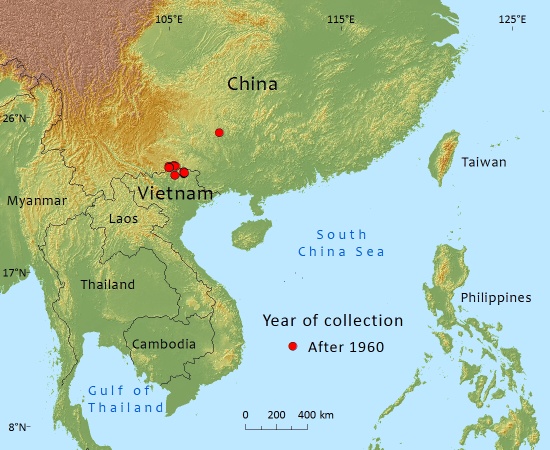In a couple of posts, I’ve mentioned the burning of slash or forest vegetation for clearing land and why this may be a bad idea in general and specifically in the inter-rotation management of sites used for acacia plantations.
This inter-rotation management is mostly that – a management issue. The land is already in a cycle of cultivation, even if that process is for a tree crop that is only harvested after several years. The slash being burned is the detritus left behind after a clearfell harvest, it’s not virgin forest.
Where land is being deforested to make way for commercial or subsistence agriculture for the first time, of course, it’s a different story and is much more than just a management issue. Clearing virgin forest for agriculture risks losing species that are as yet unknown, along with their unknown potential uses or benefits.
It is somewhat counter intuitive to think there are still species as large as trees on the planet that we haven’t already catalogued, but that is the case. 1999 saw the ‘discovery’ (by the wider scientific world) of Xanthocyparis vietnamensis. It is currently recognised as endangered and, despite it’s habitat range being restricted to quite high elevation, one of the risk factors to the small extant populations is that of ‘fires spreading into the upper slopes of the karst mountains as valleys are cleared for cultivation’(1). The tree is currently known to exist only in a few sites in northern Vietnam and southern China.

Thanks to Andy Wilson for the heads up.
For more, see:
http://threatenedconifers.rbge.org.uk/taxa/details/xanthocyparis-vietnamensis
https://www.nsf.gov/od/lpa/news/02/pr0251.htm
http://www.futureearth.org/blog/2015-feb-6/planetary-boundary-biodiversity
References:
- P.Thomas, 2016. Xanthocyparis vietnamensis, from the website, Threatened Conifers of The World (http://threatenedconifers.rbge.org.uk/taxa/details/955).
Downloaded on 19 May 2017.
